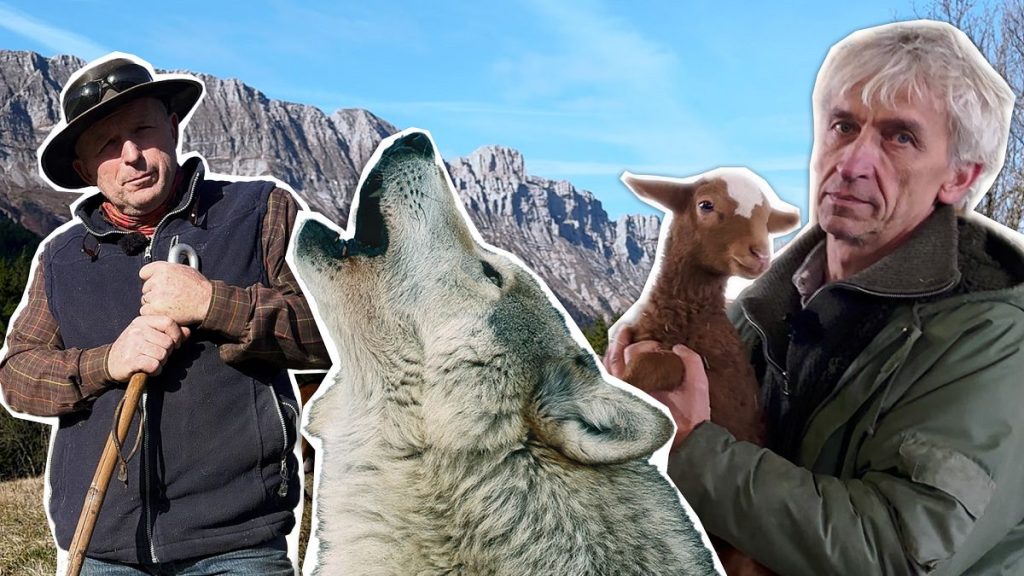The European grey wolf, once teetering on the brink of extinction, has seen a remarkable resurgence in recent decades, thanks in large part to the 1979 Bern Convention which classified it as a “strictly protected species.” This conservation success story, however, has been met with growing contention, particularly from farming communities who bear the brunt of livestock predation. This tension culminated in a landmark decision in December 2023 by the Standing Committee of the Bern Convention to downgrade the wolf’s protected status, allowing member states greater flexibility in managing their wolf populations. This move, while welcomed by farmers and some political figures, has sparked outrage amongst environmental groups who decry the decision as politically motivated and scientifically unsound, potentially jeopardizing the hard-won gains in wolf conservation.
The wolf population within the European Union currently stands at over 20,000, a dramatic increase from the dwindling numbers of the last century. This recovery is a testament to the effectiveness of conservation efforts, marking one of Europe’s most significant achievements in wildlife protection. However, this rebounding population has brought with it an increase in livestock losses, estimated at at least 65,500 animals annually across the EU, costing member states almost €19 million in compensation. While preventative measures have proven effective in mitigating attacks in certain regions and attacks on humans remain exceedingly rare, the financial and emotional burden on farmers, particularly those in regions with high wolf densities, has fueled the call for greater control over wolf populations.
The debate surrounding wolf management is exemplified by the case of France, where the wolf was extirpated in the early 20th century but returned naturally in 1992. With a current population exceeding 1,000, France bears the highest cost of wolf-related livestock compensation in the EU. French farmers, like Eric Vallier of the Vercors Regional Park, have experienced firsthand the impact of wolf predation, witnessing the loss of sheep and sows and enduring the constant fear of future attacks. Vallier’s experience reflects the widespread sentiment among farmers who feel that the strict protection afforded to wolves has unfairly prioritized predator conservation over the livelihood and well-being of rural communities. They argue that the ability to cull wolves more readily would provide a necessary tool to protect their livestock and reduce the emotional toll of living alongside a large predator.
While farmers advocate for increased culling, environmental groups emphasize the effectiveness of preventative measures and the crucial role of the wolf in maintaining ecological balance. Studies indicate that protective measures, such as fencing and guard dogs, can significantly reduce livestock losses. In the French Alps, for example, over half the farms that adopted these measures with state financial support experienced no wolf attacks. Environmental organizations believe that prioritizing and expanding such preventative measures, rather than relaxing protections, offers a more sustainable and scientifically sound approach to managing wolf populations and minimizing human-wildlife conflict. They argue that the Bern Convention’s decision, seemingly influenced by political pressure, undermines the vital role of international agreements in protecting endangered species and sets a dangerous precedent for prioritizing short-term economic interests over long-term ecological sustainability.
The decision to downgrade the wolf’s protected status raises significant concerns about the future of large carnivore conservation in Europe. Environmental groups fear that this move could pave the way for similar downgrades for other species, like the brown bear, which is also facing increasing pressure due to human-wildlife conflict. They argue that the focus should remain on robustly implementing and funding non-lethal mitigation strategies, promoting coexistence between humans and wildlife, and investing in scientific research to inform management decisions. This, they believe, is a more effective and ethical approach compared to culling, which carries inherent risks for the long-term viability of wolf populations and the broader ecosystem.
The controversy surrounding the wolf’s status highlights the complex challenges inherent in balancing conservation goals with the needs of human communities. While the resurgence of the wolf represents a remarkable conservation achievement, it has also created new tensions, particularly in rural areas where livestock predation poses a significant economic and emotional burden. Moving forward, finding a sustainable solution requires a collaborative, evidence-based approach that prioritizes both the protection of this iconic species and the well-being of those who share its habitat. This includes increased investment in protective measures, ongoing monitoring of wolf populations, and open dialogue between all stakeholders to foster a more harmonious coexistence between humans and wolves in the European landscape.

